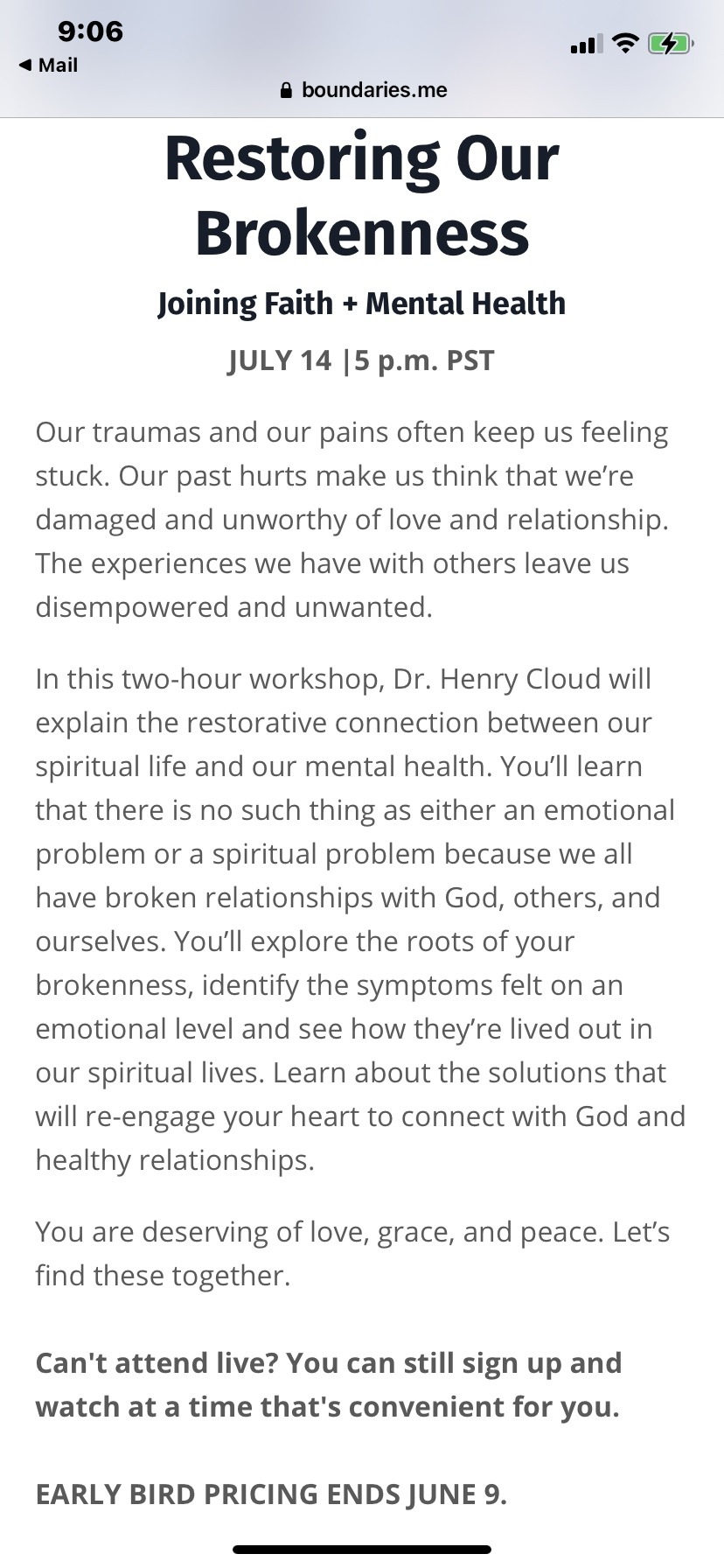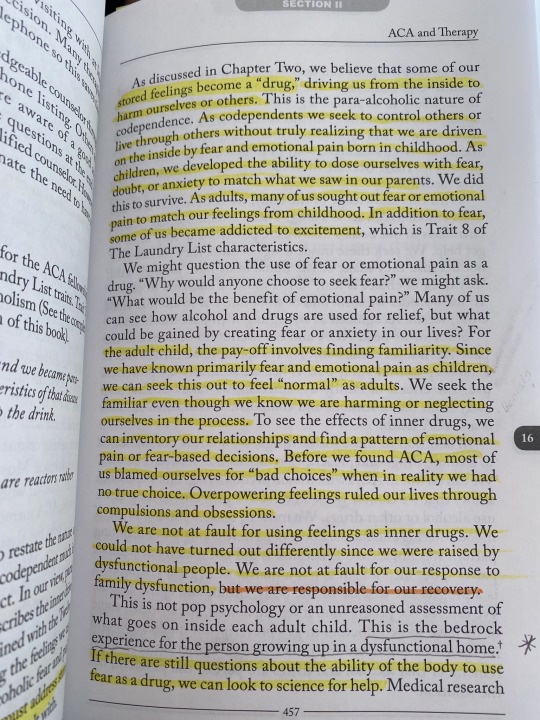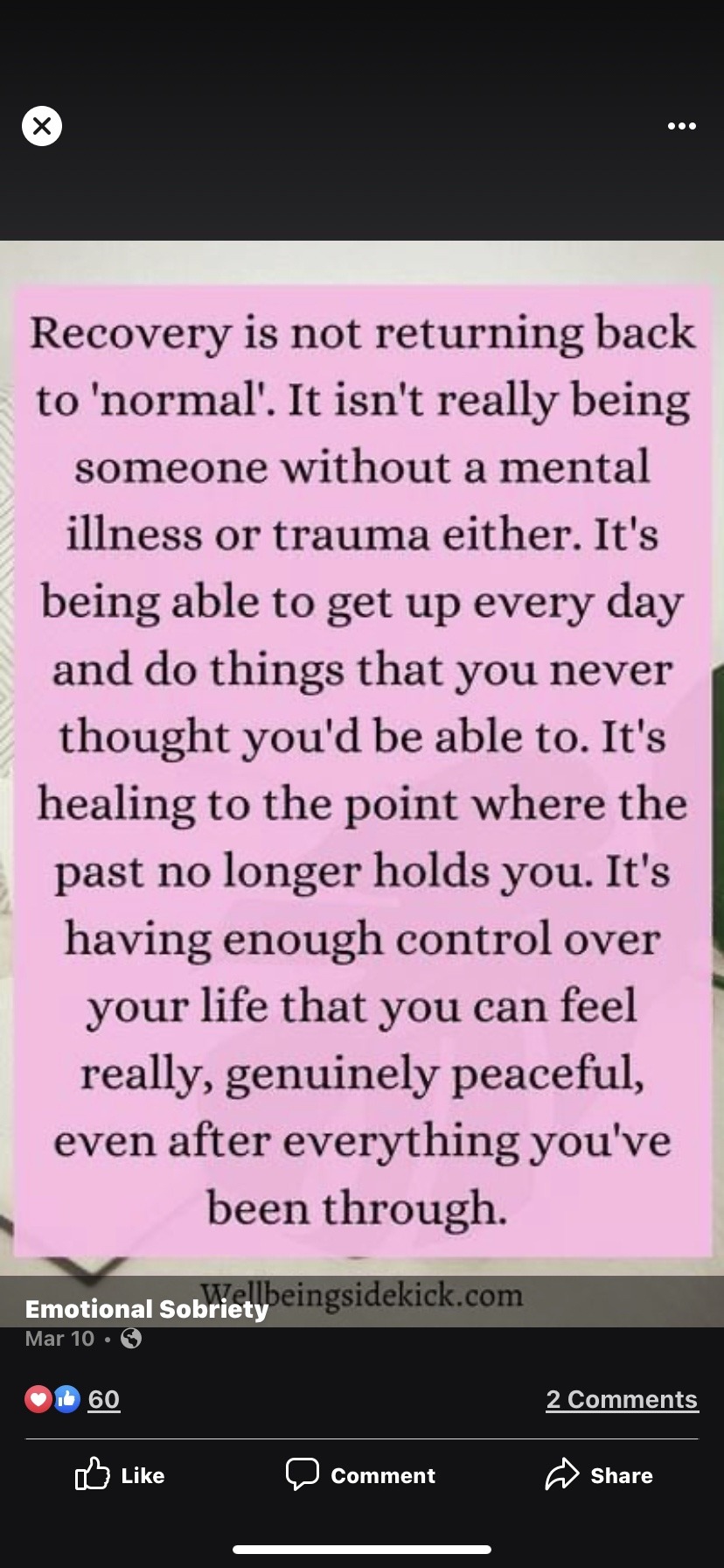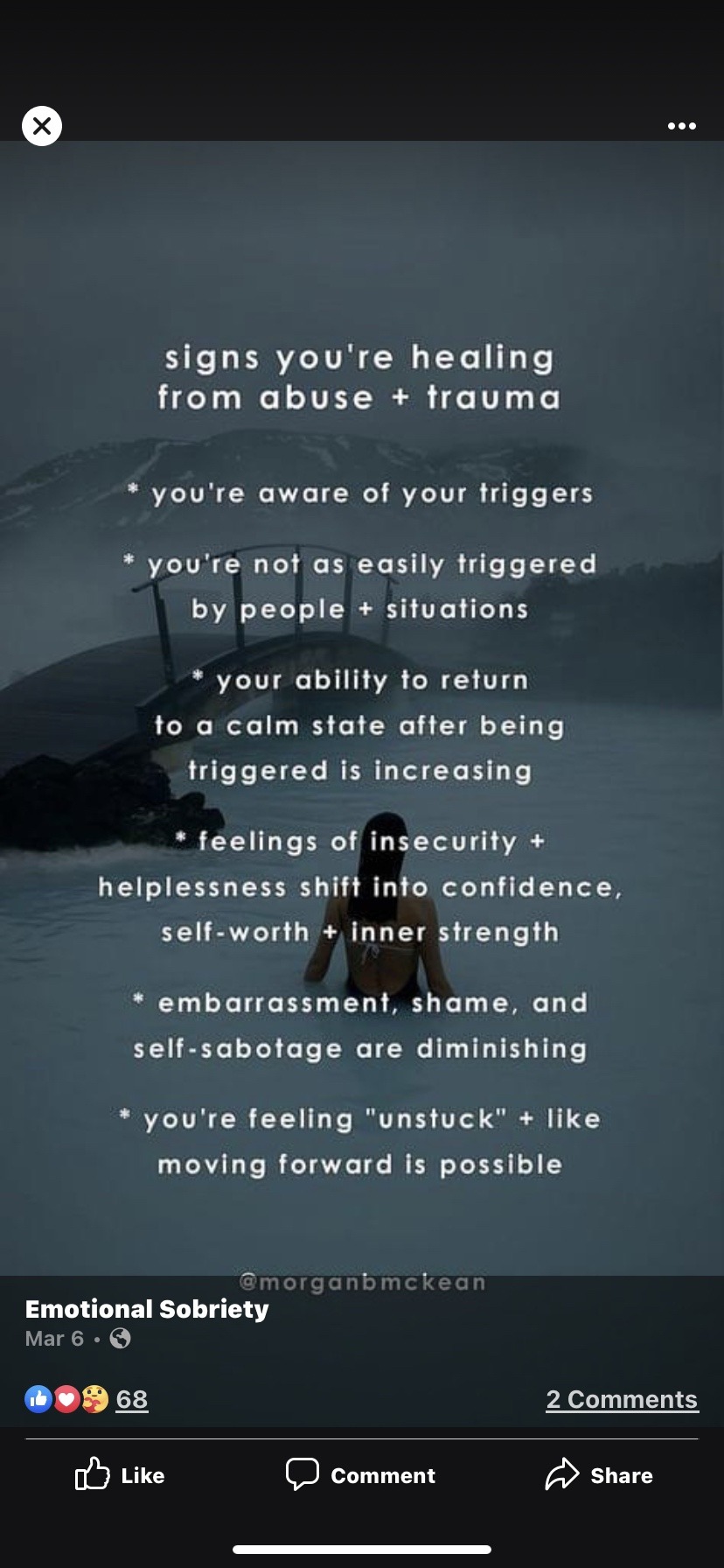Text
0 notes
Text
DOGS- Doberman pinchers
VEHICLES- dad matchete , Isuzu coke bottle window, honking Lovejoy
CHILDHOOD TEACHER- grade school Mrs. Ataberry! God mad and poked me with her pen on head.
Teachers in general
0 notes
Text
0 notes
Text
0 notes
Text
0 notes
Text
0 notes
Text
0 notes
Text
0 notes
Text
How Therapy for Childhood Trauma Can Help
Medically reviewed by Jacquelyn Johnson, PsyD. — Written by Sara Lindberg on March 4, 2021
By age 16, more than two-thirds of children report experiencing at least one traumatic event, according to the Substance Abuse and Mental Health Services Administration (SAMHSA).
Fortunately, the right therapy can help children, adolescents, teens, and adults find ways to heal and cope with the effects of traumatic experiences like abuse, community violence, natural disasters, neglect, and sudden loss of a loved one.
Here, we discuss childhood trauma, the different types, how it may affect you, signs to be aware of, and treatment options for children and adults.
What is childhood trauma?
A traumatic event poses a threat to a child’s life or physical safety. This includes events that are frightening, dangerous, or violent.
For some kids, there may be no time for healing between traumatic events — their life is in an almost constant state of chronic stress and trauma.
Examples of childhood trauma include:
physical abuse
sexual abuse
psychological and emotional abuse
neglect
natural disasters like hurricanes, earthquakes, or fires
homelessness
racism
serious accidents or life threatening illness
violent loss of a loved one
sexual exploitation
refugee and war experiences
community and school violence
witnessing or experiencing family or partner violence
military stressors like loss, injury, or parental deployment
How childhood trauma may affect you
Childhood trauma affects each person differently. However, there are some common signs and symptoms to watch out for in both kids and adults.
In preschool and elementary-age children:
separation anxiety
becoming anxious and fearful
difficulty sleeping and increase in nightmares
crying or acting out
decrease in appetite
moodiness
increased aggression and anger
Teens can experience all of the signs mentioned above, plus the following:
irritability
withdrawal from social activities
academic problems
self-blame for the event (guilt and shame)
feeling depressed
difficulty concentrating
eating disorders and other self-harm behaviors
increase in behaviors like sexual activity and alcohol or drug use
In adults, unresolved childhood trauma can take on many forms. For example, female adults who experience sexual abuse as a child or teen often show signs of post-traumatic stress disorder (PTSD), distorted self-perception, shame, fear, guilt, self-blame, humiliation, and chronic physical pain, according to the American College of Obstetricians and Gynecologists.
Adults dealing with PTSD from childhood trauma can struggle in their jobs, interpersonal relationships, and with their own mental health.
Here are some emotional, physical, and behavioral signs to be aware of:
anxiety
depression
panic attacks
poor concentration
fatigue
impulsiveness
problems with sleep
chronic health conditions
compulsion
self-harm
chronic stress and inflammation
isolation
eating disorders
suicidal ideation
What treatment is available to help recover from childhood trauma?
Childhood trauma can cause adverse effects both immediately and in the future. But the good news is that treatment can help you identify triggers, develop coping strategies, and decrease the symptoms, all in a safe and supportive environment.
Here are some of the common treatment modalities for adolescents, teens, and adults.
Cognitive processing therapy (CPT)
Cognitive processing therapy (CPT) is a subtype of cognitive behavioral therapy. CPT is often a first choice when treating PTSD, especially when addressing the long-term effects of childhood traumas in adults.
For PTSD, the American Psychiatric Association recommends treatment over 12 sessions. This typically involves education regarding PTSD thoughts and emotions followed by formal processing of the trauma and skill development to identify and address unhelpful thinking related to traumatic events.
Trauma-focused cognitive behavioral therapy (TF-CBT)
Similar to CPT, trauma-focused cognitive behavioral therapy is a subtype of cognitive behavioral therapy.
This evidence-based modelTrusted Source incorporates trauma-sensitive interventions with cognitive behavioral techniques, humanistic principles, and family support that relies on the participation of trusted parents and caregivers in the treatment process.
TF-CBT is effective for children, teens, and adolescents who have significant emotional difficulties from a traumatic event. The typical duration is 12 to 15 sessions.
Eye movement desensitization and reprocessing (EMDR)
Eye movement desensitization and reprocessing is another therapy for treating trauma and PTSD. EMDR uses repetitive eye movements to re-pattern memories from a trauma.
There are eight phases of EMDR including history, preparation, assessment, treatment, and evaluation. ResearchTrusted Source shows that EMDR is an empirically validated treatment to address unprocessed memories related to adverse life experiences and trauma.
Narrative exposure therapy (NET)
Narrative exposure therapy is an alternative to TF-CBT for people, including children, with PTSD. NET is a short-term individual intervention that focuses on embedding trauma exposure into an autobiographical context known as a timeline.
This timeline remains with the patient after therapy is over. NET is most effective in treating people with multiple traumatic events.
Prolonged exposure therapy (PE)
Prolonged exposure therapy is a subtype of cognitive behavioral therapy used to treat PTSD and other mental health conditions. PE often takes place over 3 months.
During the sessions, the therapist helps individuals confront trauma-related memories, fears, feelings, and situations. The therapeutic relationship needs to be stable before exposure begins in the office and outside of therapy.
Treatment for children will look different than treatment for adolescents, teens, and adults. Because of this, kids need specialized therapy designed to accommodate their developmental levels and ability to participate in the process.
Play therapy
Play therapy uses the therapeutic power of play to help children work through trauma. The target group for play therapy is children ages 3 to 12.
During a play therapy session, the therapist can observe a child through play. They can also use this age-appropriate behavior to address trauma and develop coping strategies.
Art therapy
Art therapy uses creative expression to address and heal the effects of traumatic events. Art mediums include drawing, coloring, painting, collage, and sculpture.
The American Art Therapy Association says art therapy provides an outlet without words. It can help improve cognition, foster self-esteem and self-awareness, reduce conflicts and stress, and cultivate emotional resilience.
What other mental health conditions may be related to childhood trauma?
Childhood trauma can have consequences well into adulthood. One 2019 study found that adults in psychiatric outpatient programs experienced a higher rate of traumatic events as kids compared to adults not in treatment.
Another 2019 studyTrusted Source looked at data from 1,420 participants and found that those with childhood trauma experienced adverse outcomes in adulthood including mental illness, addiction, and health problems.
The participants were interviewed annually as children and then four more times during adulthood (at ages 19, 21, 25, and 30) over 22 years.
Of the 1,420 participants, 30.9 percent said they experienced one traumatic childhood event, 22.5 percent experienced two traumatic events, and 14.8 percent experienced three or more.
The effects of trauma at a young age can result in mental health conditions including:
PTSD
anxiety disorders
major depressive disorder
eating disorders
substance and alcohol use disorders
Experiencing sexual abuse as a child can also increase suicide ideation in adults, according to results from a 2017 surveyTrusted Source.
Can you prevent or lessen the effects of childhood trauma?
Preventing or lessening the consequences of childhood trauma is possible.
If your child is dealing with the effects of trauma, the first step is showing support. You’ll want to find a mental health professional qualified to treat the trauma your child is dealing with and get them into therapy as soon as possible.
Family therapy is also recommended. Trauma-focused cognitive behavioral therapy is one form that includes the family in the process.
These sessions can help parents or caregivers learn how to support and encourage their children at home. It also teaches parents how to avoid blame, learn how to listen, and watch for worsening symptoms.
Finding help for childhood trauma
Mental health professionals like psychologists, psychiatrists, and therapists can help with childhood trauma. Some therapists specialize in treating children, so ask before scheduling an appointment. If you’re interested in a specific type of therapy, like play therapy, look for a therapist with that credential. Some resources to find help include:
Anxiety and Depression Association of America
Art Therapy Credentials Board
Association for Play Therapy
Crisis Text Line: Text HOME to 741741
Eye Movement Desensitization and Reprocessing
GoodTherapy
The Trevor Project (crisis intervention and suicide prevention for LGBTQIA+ youth): Call 866-488-7386 or Text START to 678-678.
Therapy for Black Girls
Healthline
What’s the outlook for people who’ve experienced childhood trauma?
Long-term effects of childhood trauma can increase the risk of mental health conditions like PTSD and depression, chronic illness, or substance use disorders.
However, with the right therapy, the outlook for people who’ve experienced childhood trauma is positive.
Depending on the type of trauma and how long it occurred, treatment may take a while, especially if you’re addressing these issues as an adult.
The bottom line
Therapy for childhood trauma can help lessen the impact of abuse, neglect, witnessing violence, natural disasters, and serious accidents or life threatening illnesses.
Addressing these issues during childhood or adolescence can reduce the risk of developing mental health issues like anxiety and depression or chronic conditions. However, seeking treatment as an adult is also beneficial, helping you identify trauma and deal with its effects.
0 notes
Text
0 notes






